In today’s digital age, effective land administration is pivotal for sustainable development, economic growth, and the equitable distribution of resources. Globally, over 70% of land ownership remains undocumented, leading to disputes, inefficiencies, and barriers to economic progress. According to the World Bank, secure land rights could unlock an estimated $10 trillion in global economic growth by formalizing land tenure systems. An Integrated Land Information Management System (ILIMS) represents a transformative approach to managing land records, ownership, and related data. This blog delves into the core aspects, benefits, and implementation strategies of ILIMS, highlighting its role in modernizing land governance.
.jpg)
What is an ILIMS?
ILIMS is a digital platform designed to centralize, digitize, and integrate all land-related information, including ownership records, cadastral maps, survey data, and transaction histories. By leveraging advanced technologies such as Geographic Information Systems (GIS), Blockchain, and cloud computing, ILIMS ensures seamless accessibility, transparency, and accuracy in land administration.
Key Features of ILIMS
- Centralized Database: A unified repository consolidating land records, survey maps, and ownership details, reducing redundancy and ensuring consistency.
- Geospatial Integration: Integration with GIS enables the visualization of land parcels, boundaries, and topographical details.
- Blockchain Technology: Secure and immutable transaction records, ensuring data integrity and minimizing fraud.
- E-Governance Enablement: Facilitates online services such as land registration, tax payments, and grievance redressal.
- Interoperability: Seamless integration with other governmental systems such as urban planning, revenue, and environmental management.
Integration with Emerging Technologies
ILIMS is increasingly integrating with cutting-edge technologies to enhance efficiency and reliability. For example, drones are used for high-resolution land surveys, significantly speeding up the mapping process in countries like India and Kenya. Blockchain technology ensures that land records remain tamper-proof and secure, as demonstrated in pilot projects in Georgia and Sweden. Artificial Intelligence (AI) is applied to analyze historical land use patterns, predict future trends, and identify potential disputes, providing proactive solutions to land administration challenges. Moreover, the Internet of Things (IoT) enables real-time monitoring of land use and environmental changes, helping governments enforce zoning regulations and promote sustainable practices. Cloud computing provides the scalability and accessibility required for storing and managing massive datasets, as seen in Rwanda’s national land management system. These integrations improve the accuracy and transparency of ILIMS and make it a robust tool for supporting economic development and sustainable land use practices on a global scale.
Global Trends & Economic Impacts of ILIMS Adoption
The adoption of ILIMS has gained momentum globally as governments recognize its potential to streamline land administration and promote economic growth. Countries like Rwanda, Estonia, and India have pioneered successful initiatives to digitize land records, improve transparency, and reduce disputes. For instance, Estonia’s e-Governance model integrates real-time land information into its national digital infrastructure, setting a benchmark for other nations. Meanwhile, India’s Digital India Land Records Modernization Programme (DILRMP) has digitized millions of records, significantly reducing manual processes and associated corruption.
The economic impacts of ILIMS adoption are profound. Governments can save billions in legal costs by minimizing land disputes and fostering investor confidence. Improved property tax collection through accurate, digitized records enhances local governments' revenue streams. Furthermore, ILIMS simplifies land transactions, attracting foreign direct investment (FDI) and enabling large-scale infrastructure projects. Globally, the formalization of land rights and better governance mechanisms could unlock trillions in untapped economic potential, paving the way for more equitable development.
.jpg)
Case Studies: Global Success Stories
- Estonia: Estonia’s ILIMS ensures access to real-time land records and transactions and is known for its advanced e-governance infrastructure.
- India’s Digital India Land Records Modernization Programme (DILRMP) Aims to digitize land records across states to enhance transparency and reduce disputes.
- Rwanda: The Land Tenure Regularization program has significantly improved land ownership clarity and boosted economic activity.
CSM Tech developed, installed, and implemented a reliable, secure, and easy-to-use Management Information System (MIS) in the UIIDP (Urban Institutional and Infrastructure Development Program) solution for the Ethiopian Government. The solution supports the program’s operations at the federal, regional, and ULG levels (117 cities). The UIIDP consists of providing performance-based subsidies to ULGs for suitable investments and sustaining complete program results at the regional level on capability building, financial audits, procurement audits, and environmental and social protection audits.







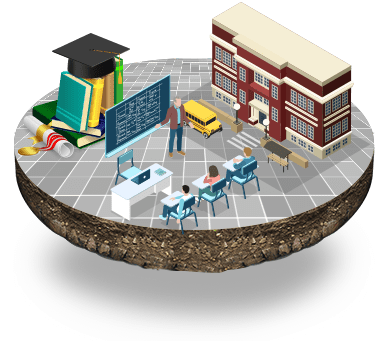
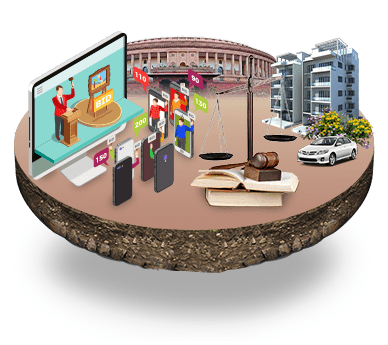
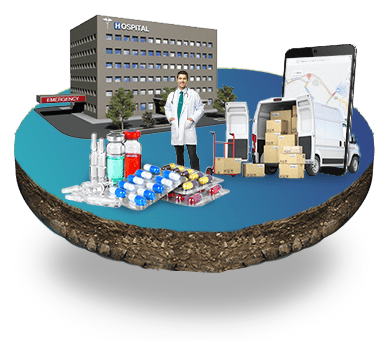




.jpg)


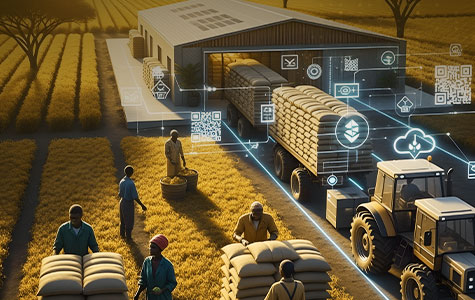





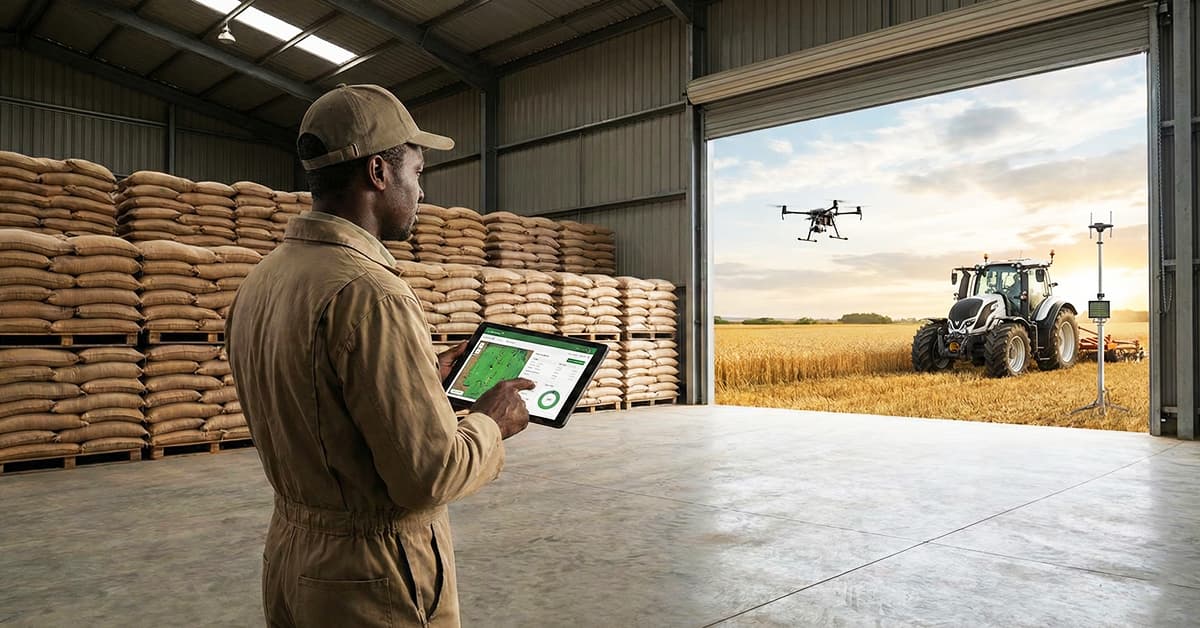

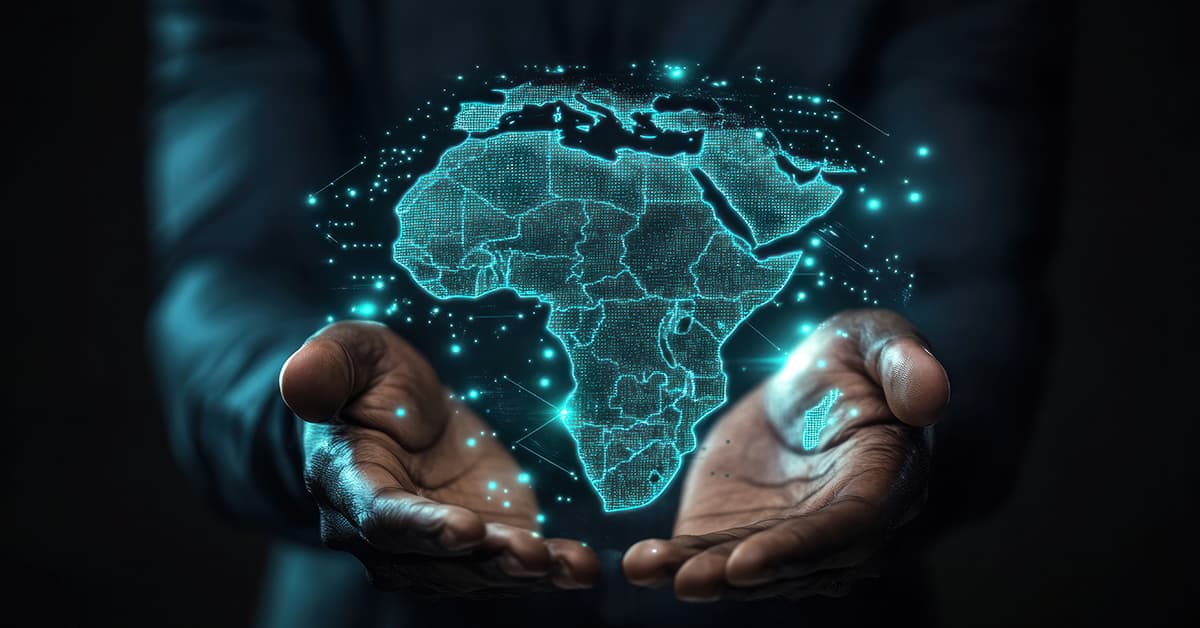
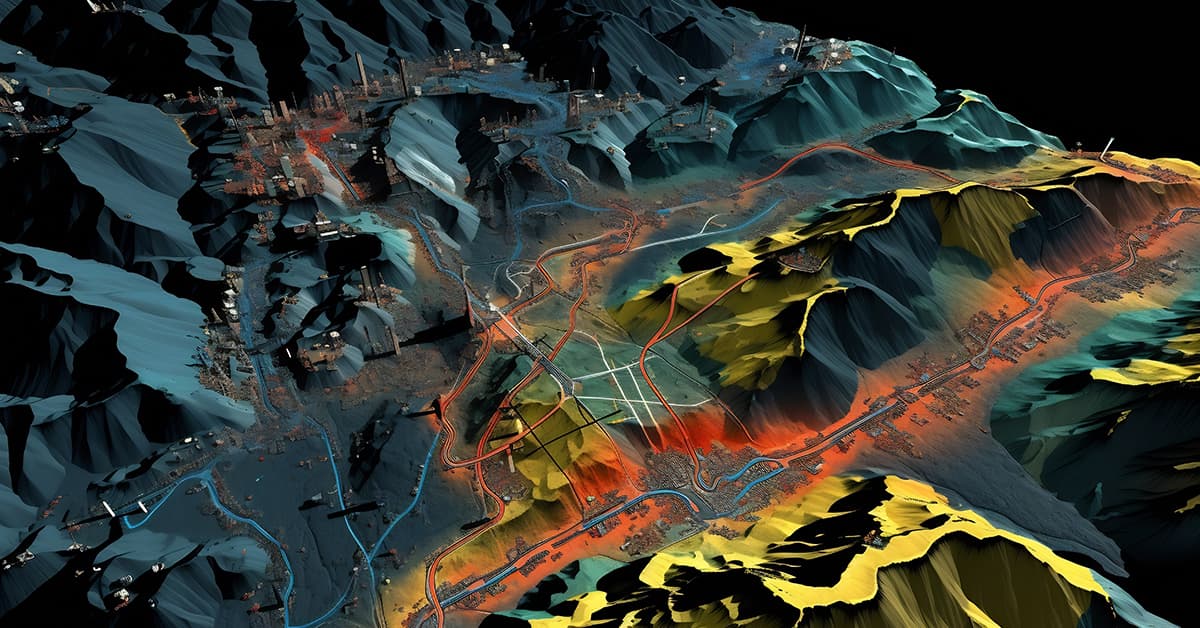
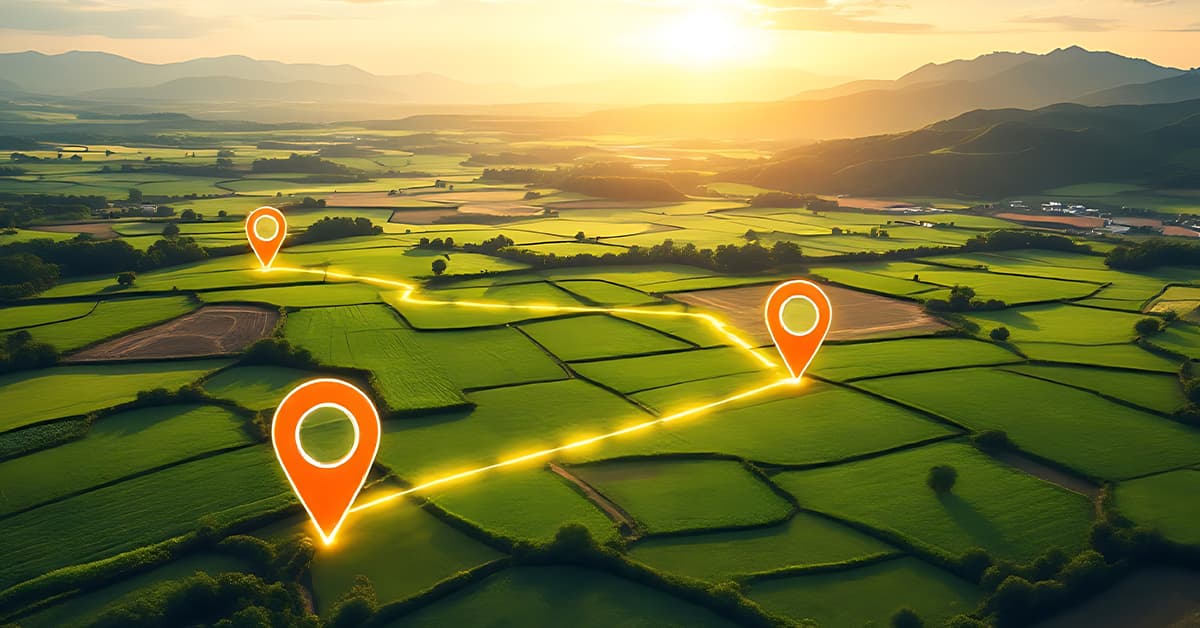









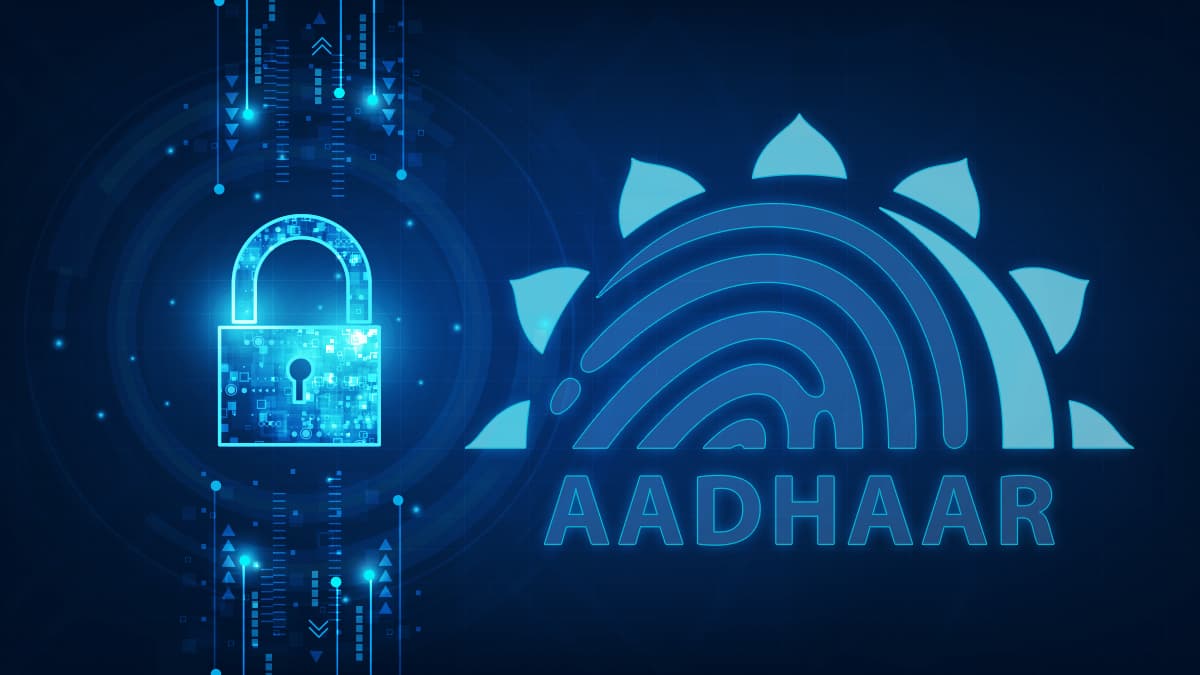
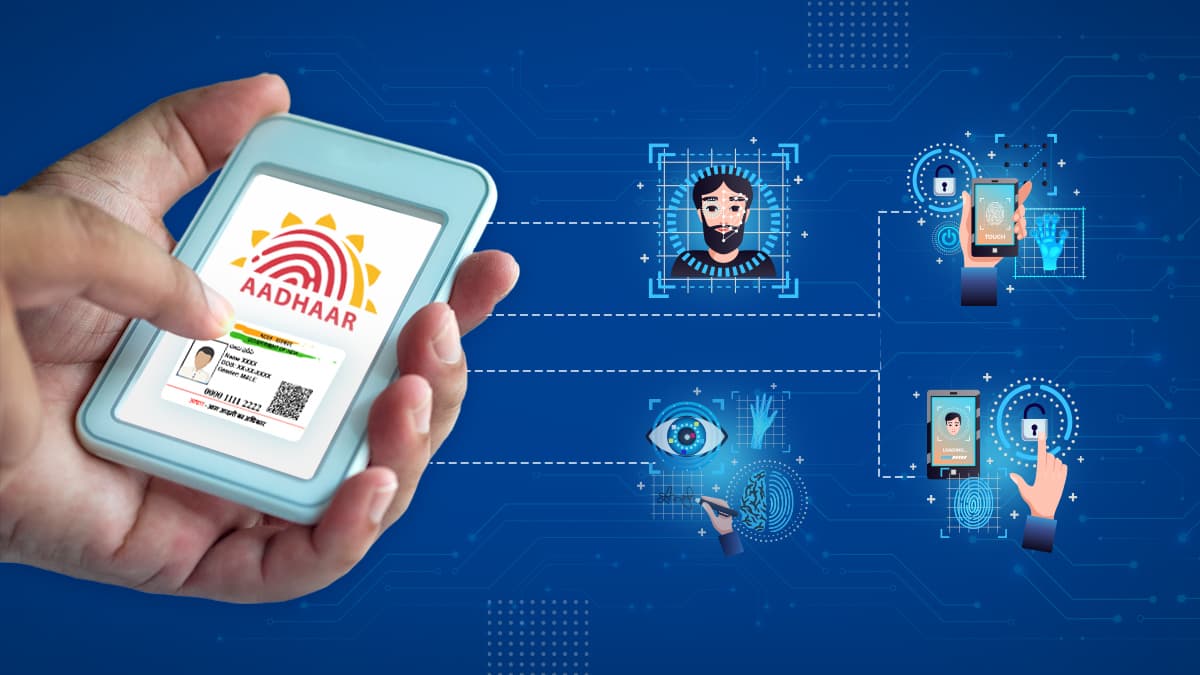
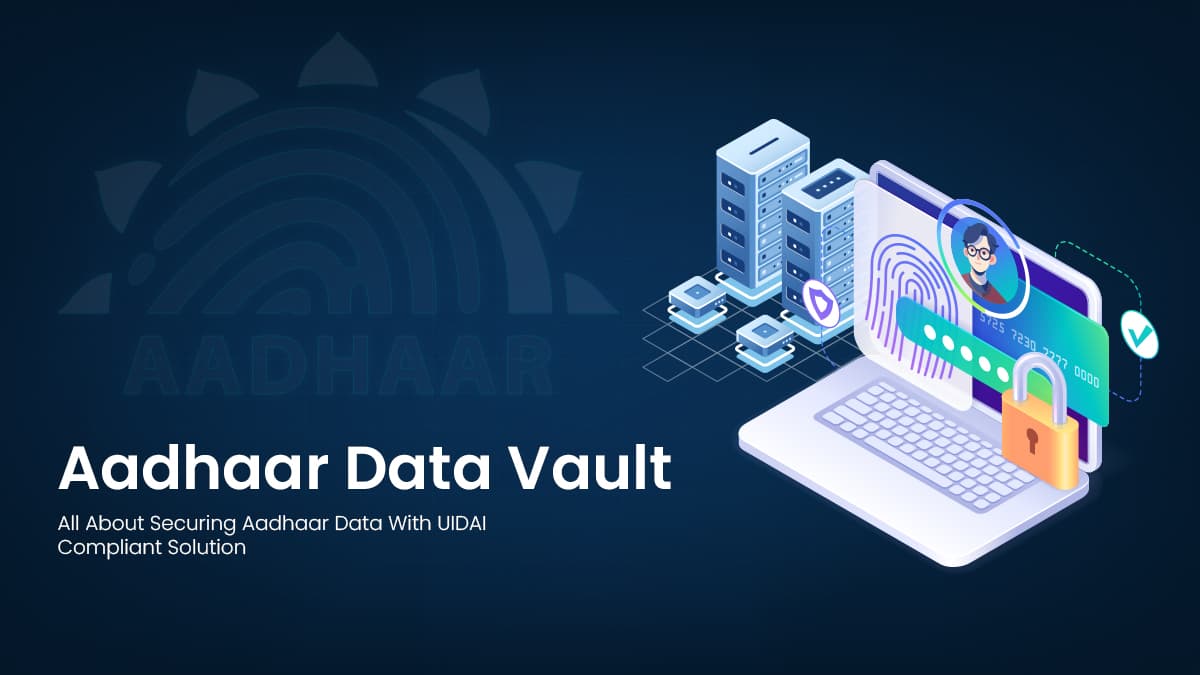

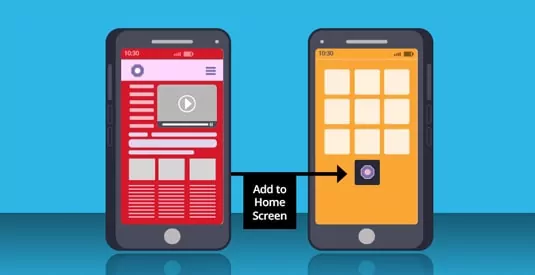

We will verify and publish your comment soon.